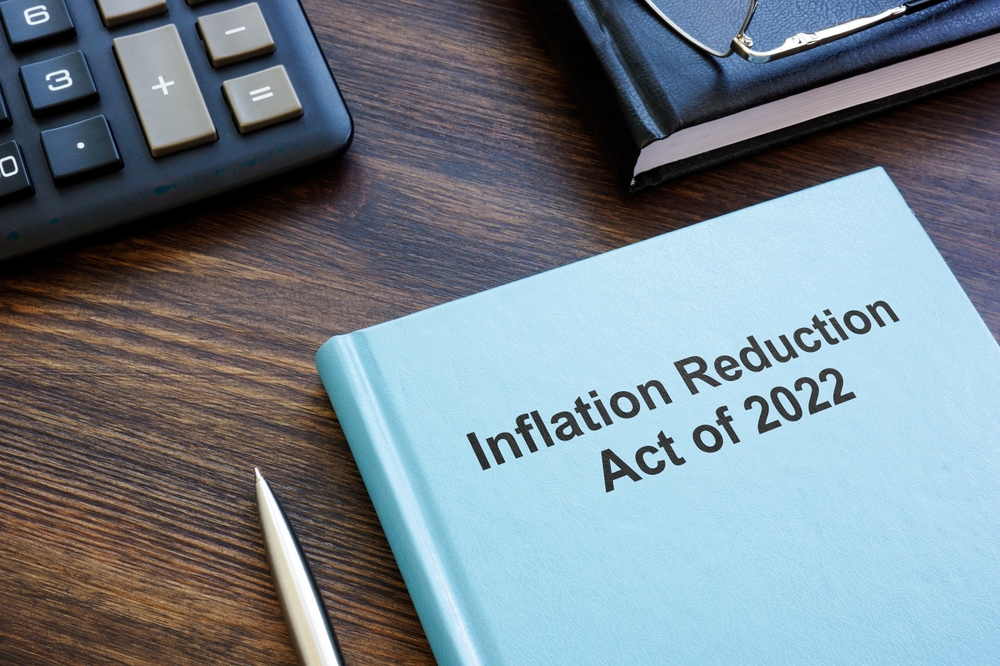The EPA recently announced opportunities for public input on new and existing programs funded by the Inflation Reduction Act (IRA). The Agency seeks input as it puts together core design aspects of multiple IRA programs.
The engagement strategy in program implementation includes:
- Issuing a request for information (RFI) for public input to inform program design;
- Soliciting expert input on key program design questions from the EPA’s Federal Advisory Committees, including the Local Government Advisory Committee, Clean Air Act Advisory Committee, and National Environmental Justice Advisory Committee;
- Launching a stakeholder listening session series to enable key stakeholders, including environmental justice communities, state and local governments, clean energy advocates, labor, and others, to provide input directly to EPA staff; and
- Creating a one-stop shop for information on the implementation of IRA programs managed by the EPA’s Office of Air and Radiation.
“These initial engagements will help ensure the design and implementation of the programs reflect input from a broad coalition of stakeholders to ensure the full economic and environmental benefits of this historic investment are realized by all people, particularly those who have been most burdened by environmental, social, and economic injustice,” an EPA news release says. “The RFI provides background information and questions for the public to consider as they provide their input. EPA will gather and organize information received on the RFI in six public dockets that correspond to [IRA] provisions in the law.”
Climate Pollution Reduction Grants—Docket 1
The IRA makes $5 billion available to states, tribes, local governments, and air pollution control agencies to develop and execute strong climate pollution reduction strategies.
Transportation Programs—Docket 2
- More than $1 billion to replace heavy-duty vehicles with clean alternatives, deploy supporting infrastructure, and/or train and develop the necessary workforce.
- $3 billion in grants to reduce air pollution at ports, with at least $750 million going to areas not meeting air quality standards. A wide range of activities can be funded with this money, including purchasing and installing zero-emission port equipment and technology, covering the associated costs of planning and permitting, and developing qualified climate action plans.
Methane Emissions Reduction Program—Docket 3
The IRA provides $1.55 billion to reduce methane emissions from the oil and gas sector by providing financial assistance (grants, rebates, contracts, loans, and other activities) and technical assistance, as well as implementing a statutorily required waste emissions charge. At least $700 million must be used for activities at marginal conventional wells. And the EPA is required to implement a waste emissions charge on methane emitted from applicable oil and gas facilities that emit over 25,000 metric tons of carbon dioxide (CO2) and that exceed statutorily specified waste emissions thresholds beginning in 2024. This fee starts at $900 and will increase to $1,500 per metric ton.
Funding to Address Air Pollution—Docket 4
More than $300 million has been made available for the EPA’s use in expanding its air monitoring program. These funds are to be used for activities that will increase monitoring in and by communities, expand and strengthen national monitoring methods, improve monitoring methods and capacity, make monitoring data more available and useful for communities, and improve air quality in our nation’s schools.
Funding for Implementation of the American Innovation and Manufacturing (AIM) Act—Docket 5
This funding provides $38.5 million for implementation of the AIM Act to execute the Kigali Agreement on hydrofluorocarbons. The allocation of these funds includes $15 million for new competitive grants for reclaim and innovative destruction technologies, $20 million for the EPA to carry out the AIM Act, and $3.5 million to deploy new implementation and compliance tools for the AIM Act.
Low Emissions Electricity Program and GHG Corporate Reporting—Docket 6
- Low Emissions Electricity Program: Includes $87 million to fund activities to encourage low emissions electricity generation through education; technical assistance; and partnerships with consumers, low-income and disadvantaged communities, industry, and state, local, and tribal governments.
- GHG Corporate Reporting Program: Funding includes $5 million to enhance standardization and transparency of corporate climate action commitments and plans to reduce greenhouse gas (GHG) emissions, enhance transparency regarding progress toward meeting such commitments and implementing such plans, and make progress toward meeting such commitments and implementing such plans.
“The [IRA] provides states, tribes, communities and organizations with the unprecedented opportunity to make lasting progress to equitably protect people and the planet from air pollution and climate change,” said Joseph Goffman, principal deputy assistant administrator for the EPA’s Office of Air and Radiation. “We are eager to engage with all who have a stake in the success of these efforts, and our next steps will be guided by the wisdom and experience from the conversations we have and the feedback we receive over the next several months.”

